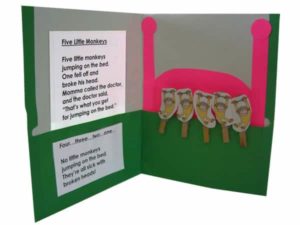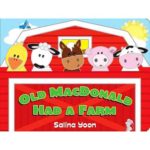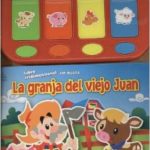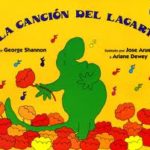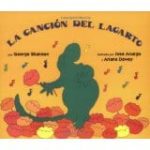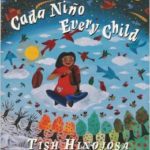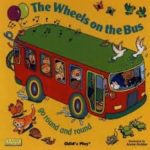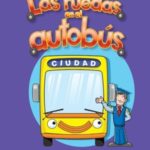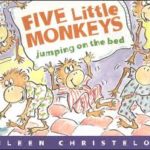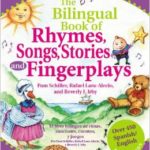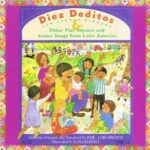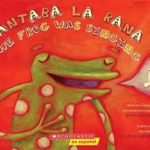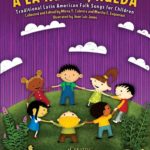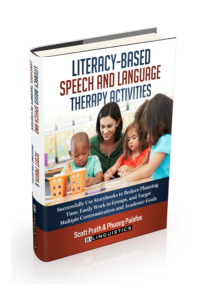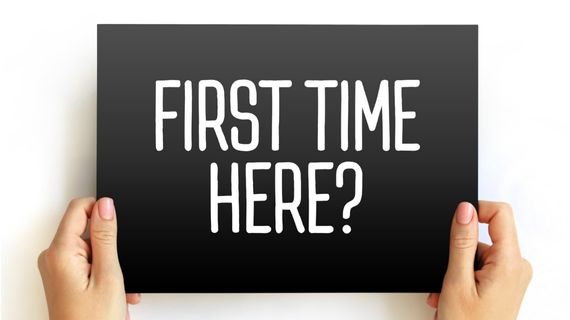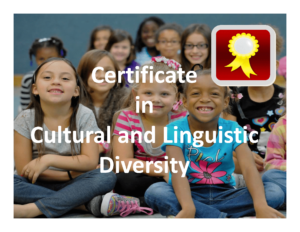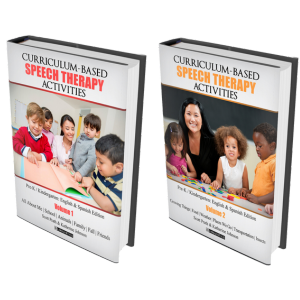 Next in our series of Predictable Books: Song Stories!
Next in our series of Predictable Books: Song Stories!
This week’s predictable book theme is Songs for speech therapy. Song stories can be a wonderful addition to our therapy as they are an extremely motivating tool and provide greater opportunity for engagement for little ones.
A Song Story is a story that contains rhyming words, refrains, or patterns that are used throughout the story. (Example: Five Little Monkeys Jumping on the Bed, Wheels on the Bus).
Song Stories are great for therapy because:
- They make therapy so much fun and will make children even more excited and engaged about participating in therapy
- They are conducive to teaching speech paired with gestures which can be incredibly helpful for children who are working on gaining basic vocabulary
- They can easily be used to target early developing sounds and provide younger children with more repetition
- Beginning a therapy session each time with a song for younger children can be a great way to introduce a new theme or topic and provide them with exposure to new vocabulary
- Children with whom songs and song stories are used frequently will begin to anticipate the inclusion of a song and can be motivated by choosing one of their favorites
- Making use of melody and rhythm within speech and language therapy has been shown to be a successful strategy with students who have fluency impairments to boost confidence, apraxia to increase length of utterance, and autism to increase joint attention and engage the student
 How to use Songs for Speech Therapy
How to use Songs for Speech Therapy
As an example, here is one of our favorite Rhyme stories, and how we like to use it in therapy to target a variety of goals:
Five Little Monkeys Jumping on the Bed/Cinco Monitos Brincando en La Cama
By Eileen Christelow
Goal: |
English |
Spanish |
| Articulation | /f/, /j/, final /s/ (monkeys) | /k/, /m/, /s/, /r/ clusters (brincaron) |
| Syntax | Prepositions (English – on, off; Spanish – en, de)
Negatives Simple past tense (ex. English: jumped, bumped; Spanish- cayó, pegó, llamó) Irregular past tense (ex. English: said, fell; Spanish – pusieron, dijeron Present progressive (English – jumping)Compound sentences | |
| Semantics | Bedtime vocabulary/routines
Quantitative concepts – numbers/counting 1-5; (all, some, none) Feelings (happy, sad, worried, mad) | |
| Pragmatics | Expected behaviors
Consequences of actions/Cause and effect | |
| Wh- questions | What, who, where, when, why |
Suggested reading activities with Song Stories:
Here are some great during and post-reading activities to go along with Five Little Monkeys Jumping on the Bed:
- Provide each child with a picture or token manipulative monkey to use while the song and story are being presented along with a bed so that children can join in while the story is being told
- Give children opportunities to learn the story and chant or sing along by presenting the story over a number of days – re-reading/reviewing stories so that children become familiar with them is a wonderful way to target articulation and new vocabulary. Use purposeful pauses in the story to allow children to ‘fill in the blank’
- Have children create a monkey face crafted from paper plates to work on following instructions and requesting necessary items. The monkey face could be converted into a mask with a popsicle stick and children could act out the story after reading to practice a simple story retell
- Using the story as a starting point, collaborate and create a bedtime social story for younger children to take home and use with parents or create a chart including expected and unexpected bedtime routine behaviors
- Use a rhyming activity to work on phonological and speech sound goals with students using words from the story – have children clap along and practice rhyming words or come up with words on their own:
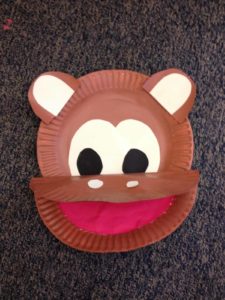
Example:
English – “Clap clap snap BED” “Clap clap snap SAID”
Spanish – “Clap clap snap MONITO” “Clap clap snap BONITO”
Come up with your own activities for children to target appropriate goals and objectives. Song books are extremely conducive to creating engaging and relevant therapy activities!
Great Books for Speech Therapy that use Song Stories
Below, you will also find a list of some of our other favorite Song Stories. Some can only be found in English at this time, but are books that we commonly translate into Spanish and have basic enough vocabulary that it is easy to do on the fly. We have also included direct links to purchase your favorites through Amazon. We would love to hear from you on how YOU use these books in therapy!
If you want to find more great books, please visit our Best Books for Speech Therapy page!
Also, materials for speech therapy using music and iTunes links to the songs can be found on our Music for Speech Therapy Page. Enjoy!


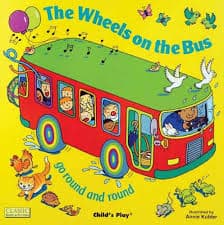 Next in our series of Predictable Books: Song Stories!
Next in our series of Predictable Books: Song Stories!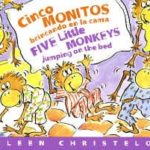 How to use Songs for Speech Therapy
How to use Songs for Speech Therapy